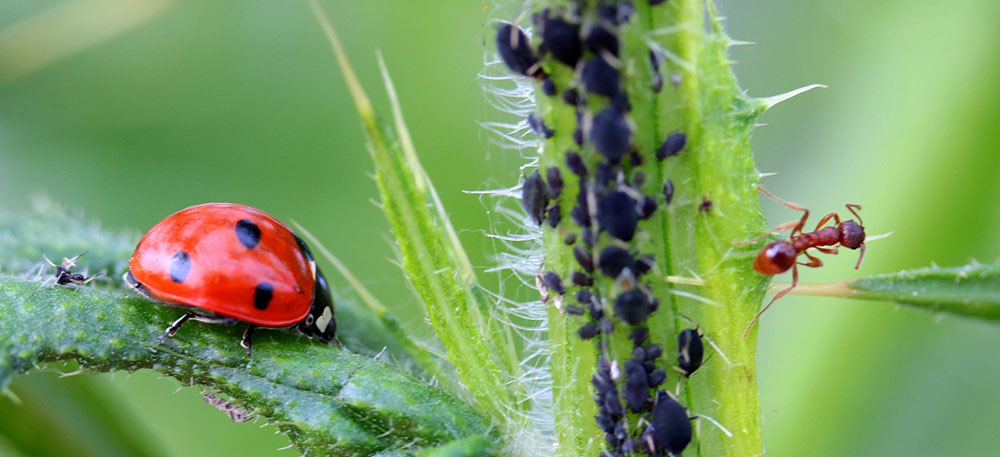There are some major issues with rats on some sites. should you have an issue contact the General Secretary for advice.
“Leptospirosis” also known as “Wiels Disease” (pronounced Viles Disease) it may prove prudent to keep pump
action "sanitiser in your shed this is proven to prevent te spread of infection (provided it is used regularly)
Many of us will have experienced a minor infections of this disease without realising it.
2017 has seen an explosion in the Rat Population, it’s not known if this is peculiar to allotments or a general infestation across the Great Yarmouth area.
But it is essential all GY&GAA plotholders are made aware of the dangers of “Leptospirosis” and its more severe form “Wiels Disease”. This malaise is carried by most animals including ferrule cats and dogs. But it’s primarily found in the urine and faeces of Rats. The infected bacteria are readily transferred to soil AND water where present.
Most fishermen are aware of it on Riverbanks and know to take precautions.
Whilst the bacteria may be present on most allotment sites any contamination (90%) may well have only a mild effect. Symptoms can present between 2-30 days after contact, but are generally felt within a 5-14 day period
The Milder infection may be described as “Leptospirosis”
- Symptoms may include any or some of:-
- A high temperature
- Nausea and Vomiting
- Sudden Headaches
- Loss of appetite
- Muscle Pain
- Conjunctivitis
- Cough
- Short Lived Rash
All of which may last up to 5-7 days. Many of us have probably experienced these symptoms and put it down to being a bit under the weather?
The More severe infection more often referred to as Weill’s Disease would probably follow on from the above. Where symptoms may go on to affect the vital organs
Symptoms may include
- Jaundice
- Swelling of the hands feet and/or ankles
- Chest Pain
- Coughing up blood
In these instances the condition may become life threatening and Medical advice should be sought urgently
I will attempt to suggest ways to control some of the more common and often prolific pests and diseases we regularly encounter on the allotments.
I welcome any tips or advice from plotholders via the usual e mail
Because of the unseasonally mild winter I am still encountering swarms of whitefly on the brassicas, hopefully any frost we may get in the near future will help to reduce their activity, for next year I MUST invest in the sticky yellow strips as soon as they appear or alternatively obtain some' biologica encarsia' a more organic method of control

